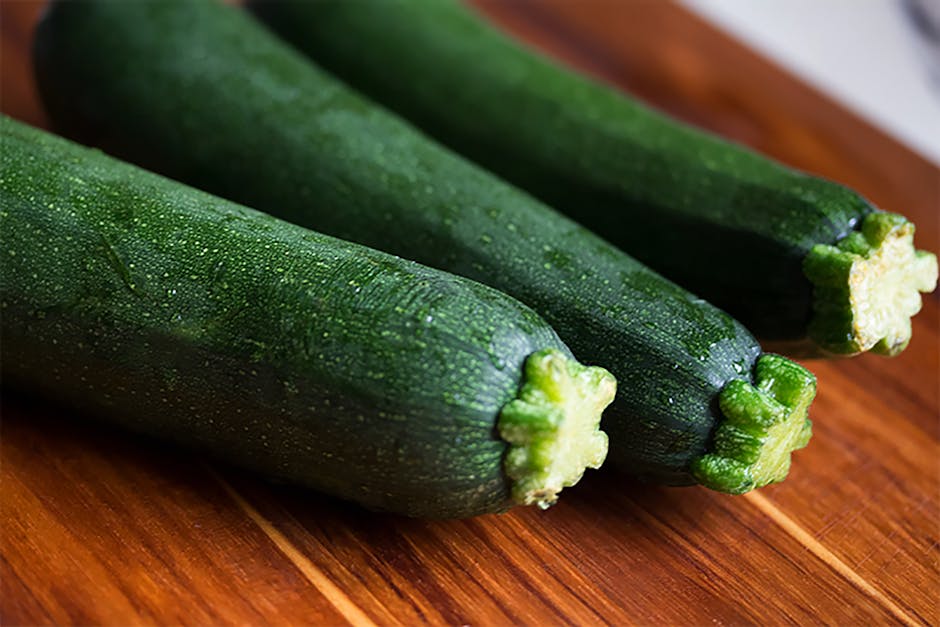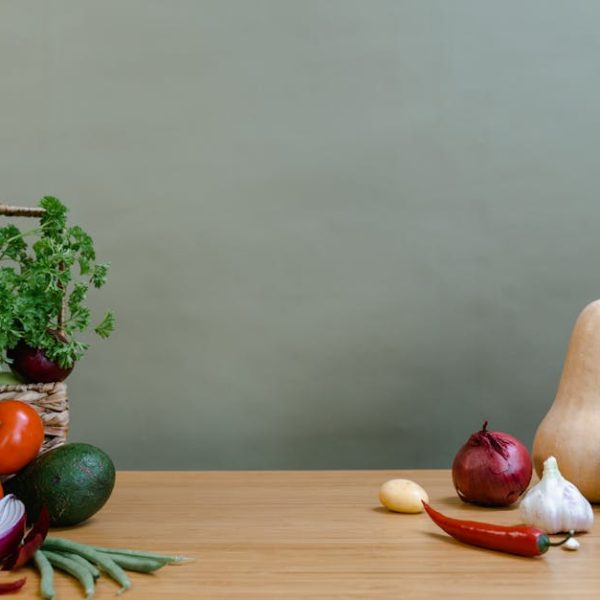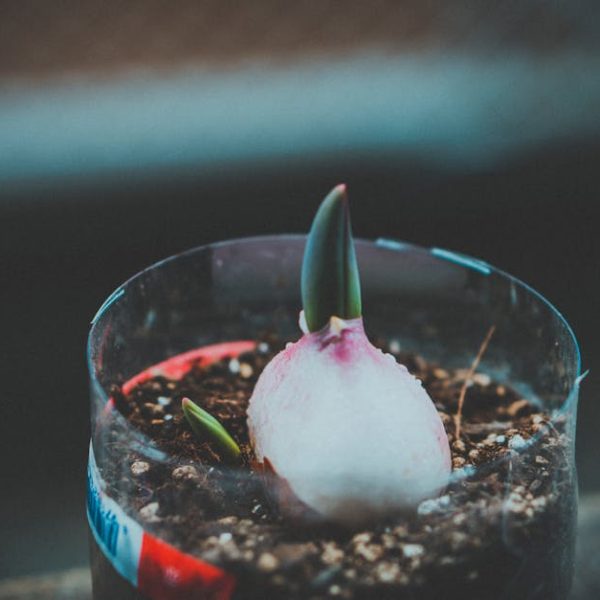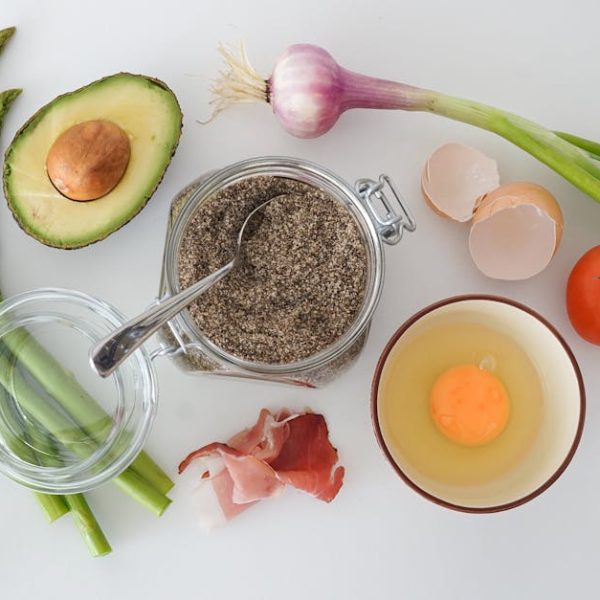If you are anything like most health-conscious individuals, you are probably equally intrigued and confused by the vast array of gourds in the produce section, particularly zucchini and squash. Appearing somewhat similar, these two vegetables (technically fruits) are often interchangeably used in culinary applications, but it is important to distinguish between the two. This article will demystify the differences between zucchini and squash, exploring the nuances of their basic characteristics, nutritional profiles, and culinary uses.
Understanding the Basics: Zucchini and Squash
Zucchini, often referred to as courgette, is a summer squash known for its dark green skin and crisp texture. While typically eaten when it’s immature, as it grows larger, zucchini becomes more fibrous and mildly sweet in flavor. It’s most commonly used in stews, stir-fried dishes, or simply grilled.
On the other hand, squash encompasses a wider family of fruits including both summer and winter varieties. With shapes ranging from elongated to acorn-like, and colors from creamy yellow to deep orange, squash can be as diverse as they come. They are primarily distinguished by their time to maturity and the hardness of their skin. While summer squashes such as zucchini and yellow squash are harvested young with tender skin, winter squashes like butternut, acorn, and spaghetti squash are harvested mature, featuring a hard, thick skin.
When viewed side by side, one can notice zucchini typically has a more uniform cylindrical shape and darker green skin compared to various squashes’ multiple shapes, sizes, and colors.
Different Types of Squash and Their Uses:
- Butternut Squash: Known for its sweet and nutty taste, it’s perfect for soups or roasted on its own.
- Acorn Squash: Its firm flesh makes it great for baking and stuffing.
- Spaghetti Squash: As the name suggests, its flesh, when cooked, separates into spaghetti-like strands, making it a fantastic low-carb alternative to pasta.
Pro Tip: Look for heavy, firm, bright-colored zucchinis and squashes with no visible cuts or bruises. Also, remember smaller ones often tend to be less fibrous and sweeter.
Nutritional Profile: Zucchini vs Squash
Zucchini is celebrated for being low in calories and a rich source of water and fiber, which aids digestion and helps maintain a healthy weight. It’s also packed with essential vitamins and minerals, such as vitamin C, vitamin B6, potassium and magnesium.
Squash, depending on the type, offers a diverse range of nutritional benefits. For instance, butternut squash is loaded with vitamin A and potassium while spaghetti squash is high in fiber and vitamin C. Despite the differences, all squashes are generally a good source of antioxidants and fiber.
The health benefits championed by both zucchini and squash may vary due to their unique nutritional makeup, making each a worthwhile addition to a balanced diet.
Pro Tip: To boost your intake of these nutritious vegetables, try grating zucchini for use in muffins or incorporating it into salads, or enjoy squash roasted as a side dish or as a creamy soup.
Culinary Uses: Zucchini and Squash in the Kitchen
Zucchini proves to be extremely versatile in the kitchen due to its mild flavor, which allows it to adapt to many different styles of cooking. Whether it’s pan-fried zucchini noodles, raw zucchini salad, or zucchini bread, this dynamic vegetable is sure to enhance any meal.
Squash, taking on various forms and flavors depending on its type, also has a wide culinary application range. Butternut squash, with its sweet and nutty flavor, shines in creamy soups or roasted dishes. Alternatively, spaghetti squash, named for its unique texture after cooking, makes an excellent low-carb substitute for pasta.
Simple, Versatile Recipes Incorporating Zucchini and Squash:
- Zucchini and Tomato Gratin: A light, flavorful dish layered with fresh tomatoes, zucchini, and a crispy breadcrumb topping.
- Roasted Butternut Squash Soup: A comforting, creamy soup showcasing the naturally sweet flavor of butternut squash.
- Spaghetti Squash Alfredo: A delicious, low-carb twist on traditional Alfredo pasta.
Best Practices for Cooking Zucchini and Squash:
- Always wash zucchini and squash thoroughly before cooking.
- Avoid overcooking – squash should be tender but still hold its shape, and zucchini should be firm to the bite.
- For maximum nutrient retention, steam or sauté these vegetables rather than boiling.
Growing Zucchini and Squash: Gardening Insights
Zucchini growth, which requires full sun exposure and well-drained soil, is an excellent plant for beginner gardeners. Planted after the risk of frost has passed, zucchini usually bears fruit in 40 to 50 days.
Squash cultivation, on the other hand, differs based on whether it’s summer or winter squash. Generally, all types of squash require warm weather and ample space to grow. Winter types of squash, like butternut and acorn, take longer to mature and yield hardened, thicker-skinned fruits perfect for winter storage.
A Guide to Plant and Care for Zucchini and Squash Plants:
1. Choose a sunny location with well-drained soil.
2. Plant after the risk of frost has passed.
3. Water regularly, but avoid getting the leaves wet to prevent disease.
4. Monitor for pests frequently as both zucchini and squash can be attractive to certain insects.
Pros and Cons of Growing Zucchini vs Squash:
- Zucchini: Easy to grow and quick to harvest, but susceptible to pests and diseases.
- Squash: Yield long-lasting winter fruits, but require more space and time to mature.
Health Benefits and Risks: Zucchini vs Squash
Zucchini consumption can help support healthy digestion, reduce blood sugar levels, and improve heart health thanks to its high fiber content and vital nutrients. However, it’s worth noting that overconsumption may lead to certain digestive discomforts.
Squash aids in eye health and immune function due to its high Vitamin A content. Certain types, like butternut squash, may even promote weight loss due to their high fiber content. Again, moderation is essential, as excessive squash consumption may result in unfavorable effects like bloating.
A List of Health Conditions Managed or Prevented Through Consumption of Zucchini and Squash:
- Heart Disease
- High Blood Pressure
- Vision Degradation
- Digestive Problems
- Blood Sugar Imbalance
Pro-Tip: For those watching their blood sugar levels, try incorporating zucchini into your meals due to its low glycemic index. For healthy eyes and skin, choose brightly-colored squash high in vitamin A, like butternut squash.
Remember, while zucchini and squash may appear similar, each possesses unique characteristics and benefits. Enjoy their distinct flavors and benefits by incorporating them into your daily cooking adventures.
Key Takeaway:
- Zucchini, a type of summer squash, and other types of squash differ in appearance, nutritional profile, and culinary applications.
- Both zucchini and squash are rich in essential vitamins, minerals, and fiber, offering a range of health benefits.
- Zucchini and squash are extremely versatile in the kitchen and can be incorporated into numerous dishes.
- Growing zucchini and squash at home is feasible with the right conditions, although it can be susceptible to pests and diseases.
- Regular and moderate consumption of zucchini and squash can help prevent or manage various health conditions, although overconsumption may lead to digestive discomforts.
Zucchini and squash, with their distinct flavors, versatile uses, and robust health benefits, are worthwhile additions to everyone’s diet. They offer an extensive palette of culinary opportunities, from grating zucchini into muffins to enjoying creamy butternut squash soup. Armed with this knowledge, you can confidently navigate your way through the produce section and experiment with these fascinating gourds in your kitchen.
FAQs
Q: Are zucchini and squash suitable for specific diets, like vegan or low-carb?
A: Absolutely. Both zucchini and squash are plant-based foods and fit perfectly within a vegan or vegetarian diet. Zucchini, in particular, can be made into zucchini noodles, making it a magnificent low-carb alternative to pasta.
Q: Can I substitute zucchini for squash in recipes, or vice versa?
A: That mostly depends on the type of squash and the specific recipe. In general, zucchini can be substituted for yellow summer squash because of their similar textures and flavors. However, it might not work as well with winter squash types, which have a different taste and texture.
Q: How should I store zucchini and squash?
A: Store unwashed zucchini and summer squash in a plastic bag in the refrigerator for up to one week. Winter squash varieties have a longer shelf life and can be stored up to a few months in a cool, dark place.
Q: How can I tell if my squash or zucchini has gone bad?
A: When zucchini or squash has spoiled, it usually becomes soft and changes color. Molds or other unappealing odors are clear signs that it’s time to toss it.
Q: Can overconsumption of zucchini or squash have negative health effects?
A: While zucchini and squash are generally considered healthy, eating extreme amounts may lead to digestive discomforts like bloating, gas, stomach cramps, or diarrhea due to their high fiber content.
Feel free to share this comprehensive guide on zucchini vs. squash with others. Also, explore more enlightening posts on our website to boost your food knowledge.






